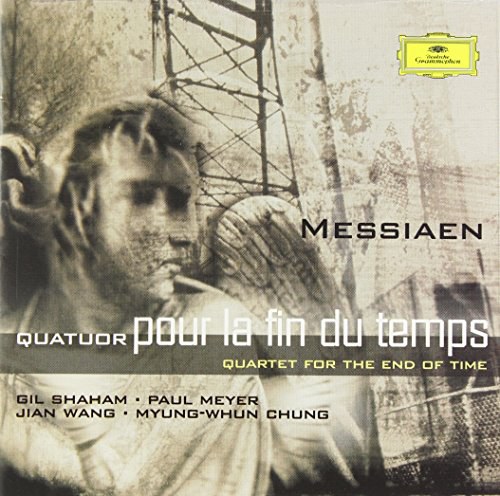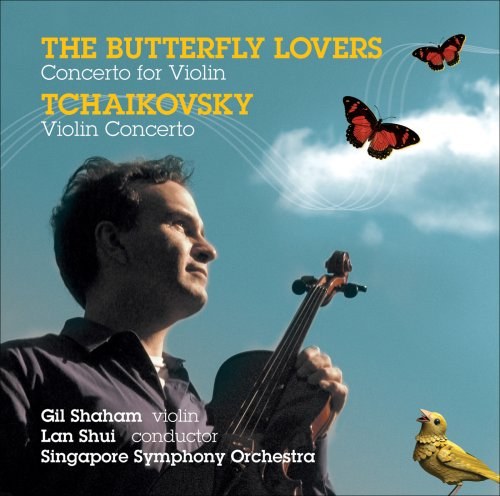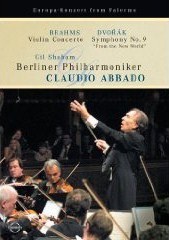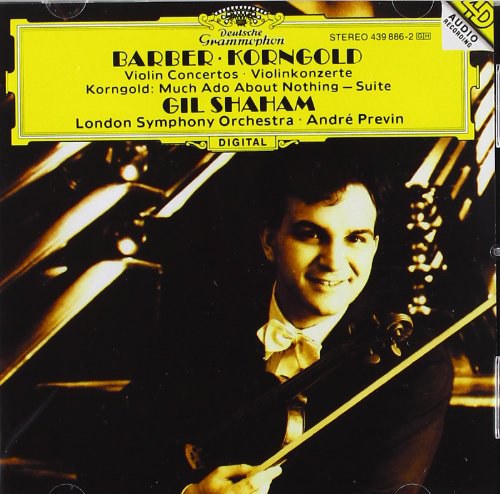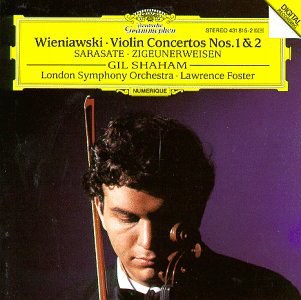Quartet for the end of time 豆瓣
Gil Shaham
/
Paul Meyer
…
类型:
古典
发布日期 2000年1月1日
出版发行:
Deutsche Grammophon
梅西安《时间终结四重奏》
这不是一首寻常的四重奏----既不是弦乐四重奏也不是钢琴四重奏。这是小提琴、单簧管、大提琴和钢琴的四重奏。如此古怪的搭配,并非梅西安有意标新立异,实在是出于无奈。这首诞生于纳粹德国集中营的传世之作,是在集中营中首演的。当时梅西安在狱中的难友中只能找到一个拉小提琴的,一个拉大提琴的,一个吹单簧管的,他本人担任钢琴演奏,其演奏的钢琴还是缺了许多琴键的。
就是这样一个残酷时代,这样一个严峻的时刻,每个人都在与死亡对视,在绝望中期待奇迹。聆听这首《时间尽头》,我可以想象梅西安的心境——在危机包围中,在死亡的窒息中,他仰面向天,用音乐散播安宁与爱,用音乐向上帝祈祷,赞美主赐予的生命。他用美来蔑视丑恶,用高尚纯净的灵魂来谴责纳粹的暴行。这是无声的轰鸣,受难者的表情令施暴者心悸。
末日,没有恐惧,没有焦躁不安,没有痛苦。
末日,一切终结的时刻,一个纯洁静谧的时刻,人们涤清灵魂的污浊之后,即将飞升天国。
一 纯洁的礼拜仪式 有节制的 3/4
二 为宣告时间终结的天使而歌唱
三 鸟儿的深渊 (单簧管独奏)
四 间奏曲
五 赞美耶稣的永生(大提琴与钢琴)极美,感人至深
六 七位吹号天使的愤怒之舞 果断,刚健
七 宣告时间终结的天使头上的彩虹大放光芒 梦幻地 相当慢3/4
双主题的变奏,展开的综合结构
八 赞美永恒的耶稣 极慢而温柔的,出神的4/4 (小提琴与钢琴)
[作曲家介绍](法)梅西安 Clivier Messiaen(1908-1992)
身为“二战”前后的作曲家,梅西安对宗教题材的巨大热情曾在西方现代文化中带起一股不小的热情。如果纵观梅西安一生的经历,就可以理解梅西安所有的音乐主题 ——宗教、大自然与爱情——从何而来。出生在笃信天主教家庭的梅西安是一位虔诚的教徒,他从1930年起担任巴黎三一教堂的管风琴师,任职达40年之久。 1940年,他被关入纳粹德国的集中营,1942年回国担任巴黎音乐学院的和声教授。
梅西安受象征主义美学影响,又有崇拜耶稣的宗教狂热,许多创作贯穿了神学思想。他讴歌大自然,因为这是造物主恩赐的杰作。他对自然界的反映,最终通过他长期对世界各地的鸟鸣研究和音乐化的再现来达到。其独特的鸟鸣在他的音乐中反复出现,不仅作为他音乐中的一个特征符号——象征大自然,更抒发了某种神秘意味的感恩之情。
梅西安被认为是第一首全面控制的音乐作品的作者。他的音乐技法与配器融合了神秘主义与实验精神,影响了西方现代主义音乐的思潮。我国的著名青年作曲家陈其钢就是梅西安的关门弟子,他可谓学到了梅的真传。
梅西安的主要作品有: 《上帝的诞生》 (1935)管风琴组曲
《十二圣婴默想》 (1945)钢琴曲
《俳句七首》 (1963)
《三部小神迹剧》 (1945)
《黑色的鸟》
《异国之鸟》 (1955——1956)
《我主耶稣的变形》 (1969)
《五首合唱曲》
这不是一首寻常的四重奏----既不是弦乐四重奏也不是钢琴四重奏。这是小提琴、单簧管、大提琴和钢琴的四重奏。如此古怪的搭配,并非梅西安有意标新立异,实在是出于无奈。这首诞生于纳粹德国集中营的传世之作,是在集中营中首演的。当时梅西安在狱中的难友中只能找到一个拉小提琴的,一个拉大提琴的,一个吹单簧管的,他本人担任钢琴演奏,其演奏的钢琴还是缺了许多琴键的。
就是这样一个残酷时代,这样一个严峻的时刻,每个人都在与死亡对视,在绝望中期待奇迹。聆听这首《时间尽头》,我可以想象梅西安的心境——在危机包围中,在死亡的窒息中,他仰面向天,用音乐散播安宁与爱,用音乐向上帝祈祷,赞美主赐予的生命。他用美来蔑视丑恶,用高尚纯净的灵魂来谴责纳粹的暴行。这是无声的轰鸣,受难者的表情令施暴者心悸。
末日,没有恐惧,没有焦躁不安,没有痛苦。
末日,一切终结的时刻,一个纯洁静谧的时刻,人们涤清灵魂的污浊之后,即将飞升天国。
一 纯洁的礼拜仪式 有节制的 3/4
二 为宣告时间终结的天使而歌唱
三 鸟儿的深渊 (单簧管独奏)
四 间奏曲
五 赞美耶稣的永生(大提琴与钢琴)极美,感人至深
六 七位吹号天使的愤怒之舞 果断,刚健
七 宣告时间终结的天使头上的彩虹大放光芒 梦幻地 相当慢3/4
双主题的变奏,展开的综合结构
八 赞美永恒的耶稣 极慢而温柔的,出神的4/4 (小提琴与钢琴)
[作曲家介绍](法)梅西安 Clivier Messiaen(1908-1992)
身为“二战”前后的作曲家,梅西安对宗教题材的巨大热情曾在西方现代文化中带起一股不小的热情。如果纵观梅西安一生的经历,就可以理解梅西安所有的音乐主题 ——宗教、大自然与爱情——从何而来。出生在笃信天主教家庭的梅西安是一位虔诚的教徒,他从1930年起担任巴黎三一教堂的管风琴师,任职达40年之久。 1940年,他被关入纳粹德国的集中营,1942年回国担任巴黎音乐学院的和声教授。
梅西安受象征主义美学影响,又有崇拜耶稣的宗教狂热,许多创作贯穿了神学思想。他讴歌大自然,因为这是造物主恩赐的杰作。他对自然界的反映,最终通过他长期对世界各地的鸟鸣研究和音乐化的再现来达到。其独特的鸟鸣在他的音乐中反复出现,不仅作为他音乐中的一个特征符号——象征大自然,更抒发了某种神秘意味的感恩之情。
梅西安被认为是第一首全面控制的音乐作品的作者。他的音乐技法与配器融合了神秘主义与实验精神,影响了西方现代主义音乐的思潮。我国的著名青年作曲家陈其钢就是梅西安的关门弟子,他可谓学到了梅的真传。
梅西安的主要作品有: 《上帝的诞生》 (1935)管风琴组曲
《十二圣婴默想》 (1945)钢琴曲
《俳句七首》 (1963)
《三部小神迹剧》 (1945)
《黑色的鸟》
《异国之鸟》 (1955——1956)
《我主耶稣的变形》 (1969)
《五首合唱曲》
